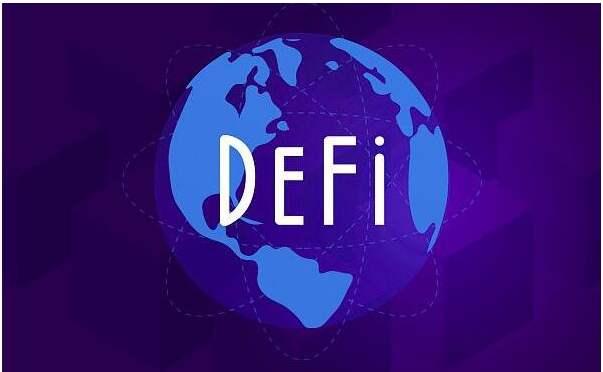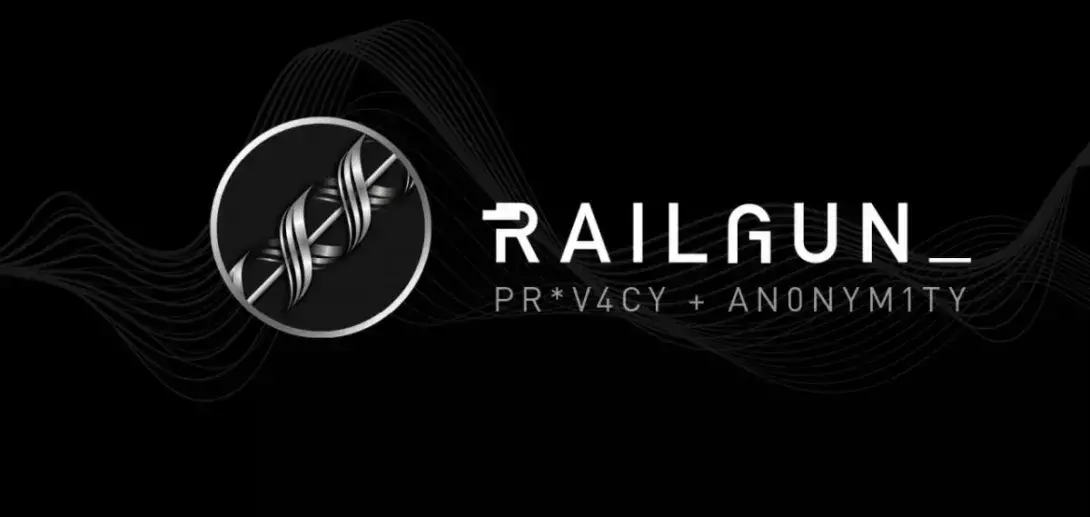Inventory of 4 Promising DeFi Yield Optimization Protocols
***Researcher: *Kelvin.K#0006, SnapFingersDAO SnapFingers Research Institute
From Compound to Uniswap to Yearn Finance, from the Ethereum chain to Binance Smart Chain to various public chains and Layer 2, the high returns of Yield Farming have attracted countless investment institutions and users. However, the high-risk nature of Yield Farming, impermanent loss, and the need for round-the-clock operation place extremely high demands on users' judgment. Ordinary users find it difficult to constantly move their cryptocurrencies between multiple protocols to optimize returns. Moreover, users incur Gas fees when entering or exiting a liquidity pool, and during network congestion, the transaction fees can become exorbitant.
Fortunately, an increasing number of development teams are participating in the construction of this field, creating interesting, novel, and user-friendly yield optimization protocols. It is no longer just simple "mining, withdrawing, and selling," but rather maximizing returns through various strategies, optimizing smart contracts, and financial tools. For example, Yearn Finance addresses these issues with a product called "Vaults," which employs automated yield strategies. DeFi users deposit assets into Yearn Finance's vaults, which continuously deploy funds across numerous DeFi protocols to seek the best yields.
Below are four emerging yield optimization protocols, where users only need to deposit stablecoins or other single tokens to earn returns, without needing to provide liquidity or worry about when to enter or exit.
01 Cross-Chain Yield Aggregation Protocol Aperture Finance Website: https://aperture.finance/ Twitter: https://twitter.com/ApertureFinance Aperture Finance is a cross-chain yield aggregation protocol. It features an integrated cross-chain bridge solution combined with various compound investment strategies, providing DeFi users with a one-stop high-return investment experience. The founding team members come from companies like Google, Kindle, and AWS, and have secured funding from Parafi Capital, Arrington Capital, Mexc Global, and Terra founder Do Kwon. It is currently still in the Beta testing phase. Aperture Finance's features include:
- Basic strategies: Ordinary staking yields, lending, etc.
- Advanced strategies: Delta neutral, perpetual contract shorting, etc. * Delta neutral is an investment strategy that maintains both long and short positions simultaneously to hedge against the risks of price fluctuations in the underlying asset. Currently, Aperture offers Delta neutral strategies for synthetic stock tokens and some cryptocurrencies in its beta version.
- Various practical tools: Independent cross-chain swaps, lending rate viewers, etc.
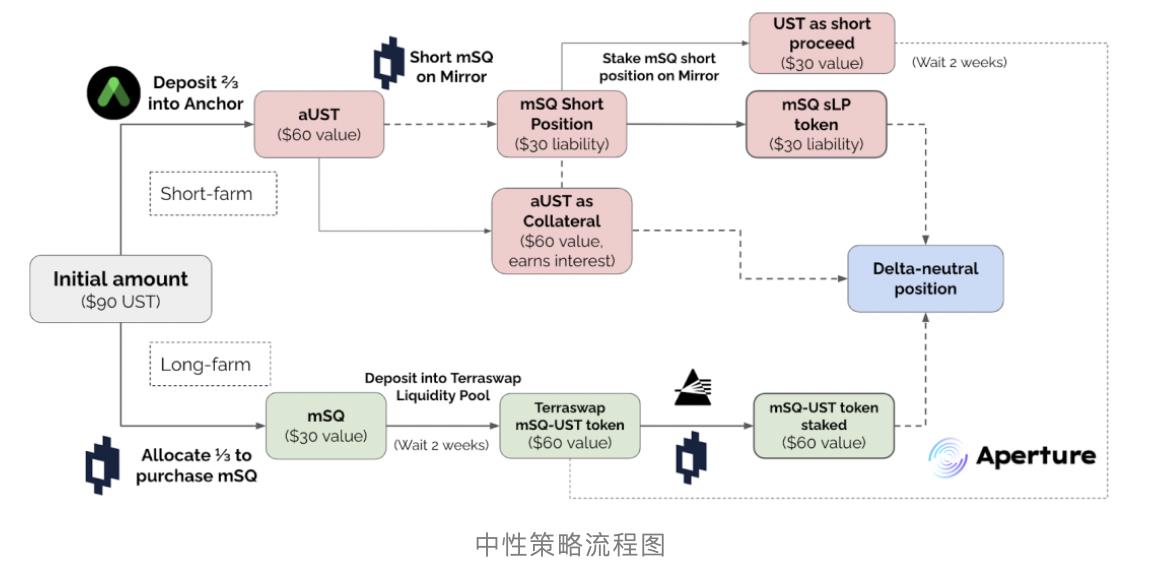 As shown in the figure, this is the workflow of the delta neutral strategy using mSQ as an example:
As shown in the figure, this is the workflow of the delta neutral strategy using mSQ as an example: - The stablecoin UST deposited by users will be divided into two parts, with 2/3 of the UST deposited into Anchor to obtain aUST.
- Then, aUST will be used as collateral to mint and sell half the value of mSQ (which means a collateralization ratio of 200%, and mSQ will be liquidated if its price fluctuates more than 200%).
- The protocol will use the remaining 1/3 UST to purchase mSQ and short-sell UST to form an LP, which will be staked in MIrror or Spectrum to earn rewards.
In simple terms, part of the user's funds is used to buy spot, while another part goes to open a short position of the same amount, ensuring that regardless of the price fluctuations of the underlying asset, the capital remains unchanged. The high returns are due to Aperture leveraging the rewards from various protocols on the Terra chain during the long and short positions. For example, the savings interest from Anchor Earn, the short position returns from Mirror, and the staking rewards from Mirror or Spectrum. Even with the current market performance, this strategy can achieve an APY of 25-35% or more.
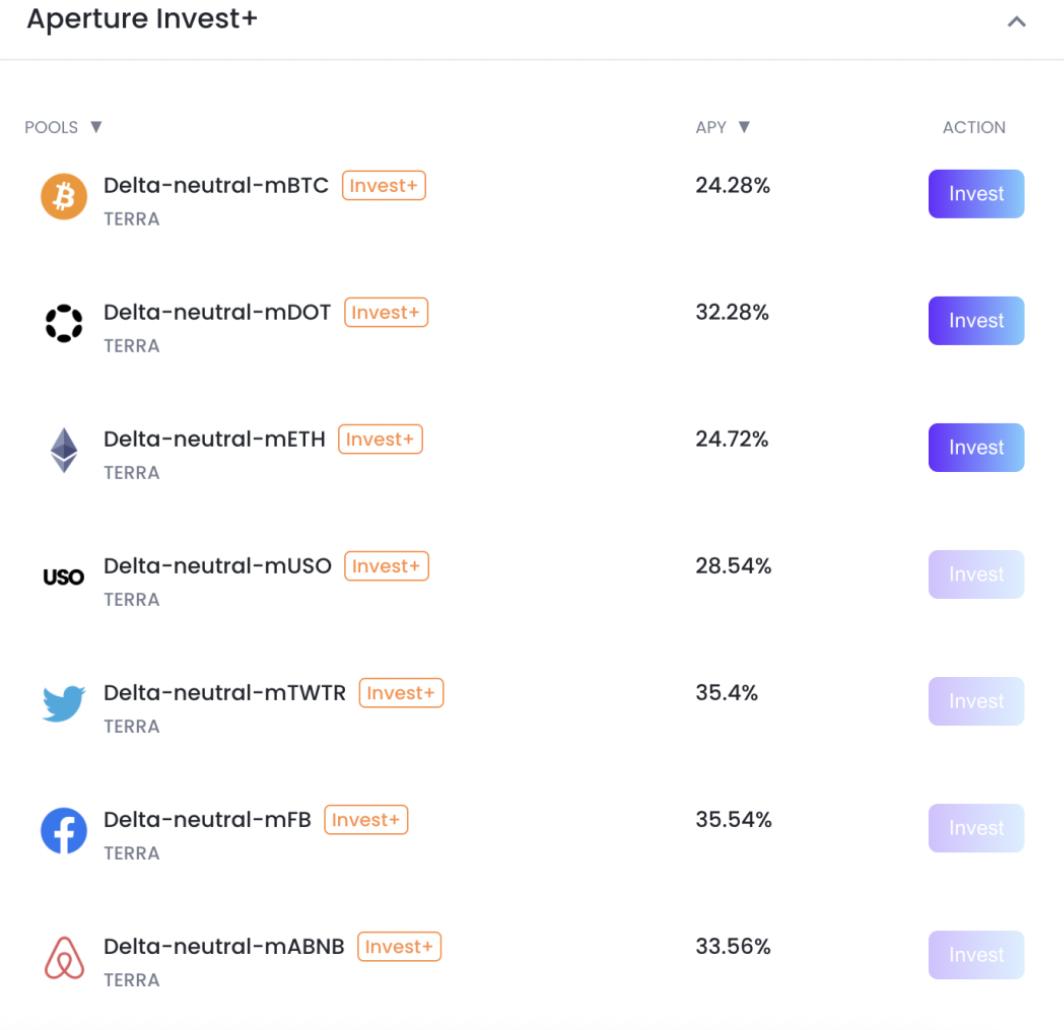 Returns also come with risks; the same Delta neutral strategy can face liquidation due to excessive price fluctuations, Delta neutral deviations, and the volatility of reward token prices. To mitigate these risks, Aperture has developed smart contracts with additional features to automate trading. For example, the smart contract includes a liquidation protection mechanism and uses a series of complex algorithms to find the optimal allocation between long and short positions to ensure maximum capital efficiency. 02 Structured Asset Management Protocol Ondo Finance
Website: https://ondo.finance/ Twitter: https://twitter.com/OndoFinance Ondo Finance is a DeFi asset management protocol initiated by two former Goldman Sachs employees, raising $4 million in seed funding with participation from Pantera Capital, Genesis, Digital Currency Group, and others. In just a few months, the locked value reached $150 million. Unlike previous methods of earning returns by providing liquidity, Ondo allows users to choose to deposit a single asset to earn fixed or floating returns. Users who choose the former will receive fixed returns, while those opting for floating returns will have their earnings depend on investment performance. Ondo bundles financial products from many protocols together and then repackages these investment strategies for investors with different risk preferences.
Returns also come with risks; the same Delta neutral strategy can face liquidation due to excessive price fluctuations, Delta neutral deviations, and the volatility of reward token prices. To mitigate these risks, Aperture has developed smart contracts with additional features to automate trading. For example, the smart contract includes a liquidation protection mechanism and uses a series of complex algorithms to find the optimal allocation between long and short positions to ensure maximum capital efficiency. 02 Structured Asset Management Protocol Ondo Finance
Website: https://ondo.finance/ Twitter: https://twitter.com/OndoFinance Ondo Finance is a DeFi asset management protocol initiated by two former Goldman Sachs employees, raising $4 million in seed funding with participation from Pantera Capital, Genesis, Digital Currency Group, and others. In just a few months, the locked value reached $150 million. Unlike previous methods of earning returns by providing liquidity, Ondo allows users to choose to deposit a single asset to earn fixed or floating returns. Users who choose the former will receive fixed returns, while those opting for floating returns will have their earnings depend on investment performance. Ondo bundles financial products from many protocols together and then repackages these investment strategies for investors with different risk preferences. 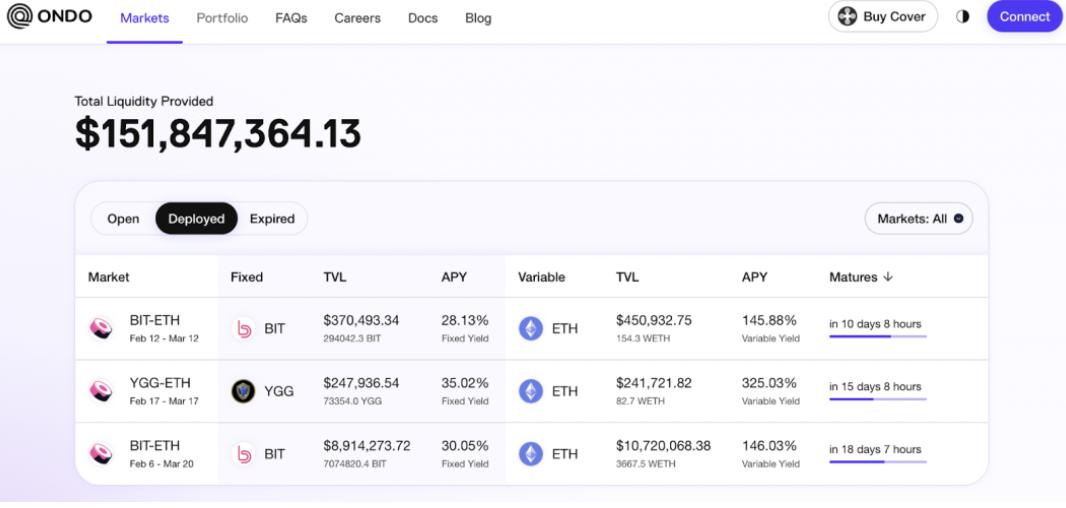 For example, we currently see the BIT/ETH trading pair on Sushiswap. Fixed return depositors provide BIT, while floating return depositors provide ETH. They will deposit their assets into the Vault contract. Ondo sets the fixed return rate at 28.13%. After investors deposit their funds, Ondo will invest the assets into the AMM liquidity pool. After a period (e.g., 4 weeks), Ondo will redeem the LP tokens for these two assets. Then, the vault contract will use these assets to first repay the original principal and returns to fixed return depositors, while floating return depositors will receive any excess returns (which may also incur losses). In addition to providing decentralized structured financial products, Ondo has also launched liquidity services (Liquidity-as-a-Service) to help projects like FOX, UMA, SYN, and Temple achieve better liquidity.
For example, we currently see the BIT/ETH trading pair on Sushiswap. Fixed return depositors provide BIT, while floating return depositors provide ETH. They will deposit their assets into the Vault contract. Ondo sets the fixed return rate at 28.13%. After investors deposit their funds, Ondo will invest the assets into the AMM liquidity pool. After a period (e.g., 4 weeks), Ondo will redeem the LP tokens for these two assets. Then, the vault contract will use these assets to first repay the original principal and returns to fixed return depositors, while floating return depositors will receive any excess returns (which may also incur losses). In addition to providing decentralized structured financial products, Ondo has also launched liquidity services (Liquidity-as-a-Service) to help projects like FOX, UMA, SYN, and Temple achieve better liquidity.  03 Cross-Chain Yield Optimization Protocol OptyFi Protocol Website: https://opty.fi/ Twitter: https://twitter.com/optyfi OptyFi Protocol is dedicated to being the best yield optimization protocol in DeFi, incubated by New Order and secured $2.4 million in seed funding led by Dialectic at the end of January. The core team of OptyFi consists of 13 talented individuals from around the world, including in-house software developers, data engineers, designers, marketers, and financial analysts. OptyFi aims to allow ordinary users with limited time and technical skills to avoid DeFi risks while still earning decent returns. OptyFi continuously evaluates tens of thousands of yield strategies across multiple chains, automatically and frequently deploying user assets into the best strategies that match their risk preferences. Currently, OptyFi is still in the Beta testing phase. Its specific yield optimization model includes:
03 Cross-Chain Yield Optimization Protocol OptyFi Protocol Website: https://opty.fi/ Twitter: https://twitter.com/optyfi OptyFi Protocol is dedicated to being the best yield optimization protocol in DeFi, incubated by New Order and secured $2.4 million in seed funding led by Dialectic at the end of January. The core team of OptyFi consists of 13 talented individuals from around the world, including in-house software developers, data engineers, designers, marketers, and financial analysts. OptyFi aims to allow ordinary users with limited time and technical skills to avoid DeFi risks while still earning decent returns. OptyFi continuously evaluates tens of thousands of yield strategies across multiple chains, automatically and frequently deploying user assets into the best strategies that match their risk preferences. Currently, OptyFi is still in the Beta testing phase. Its specific yield optimization model includes:
- Dynamic strategy generation: Based on integrated protocols and dynamically combining strategies across blockchains.
- Optimization engine: Continuously monitors the changing conditions in DeFi pools and scores the possible range of strategies.
- Strategy execution engine: Smart contracts can execute any effective yield strategy (across integrated protocols/blockchains) while adhering to risk constraints.
- Automated vaults: Vault assets are automatically and continuously routed to the best strategies.
- Modular design: Expert vaults optimize single types of assets, providing the best returns for specific risk levels.
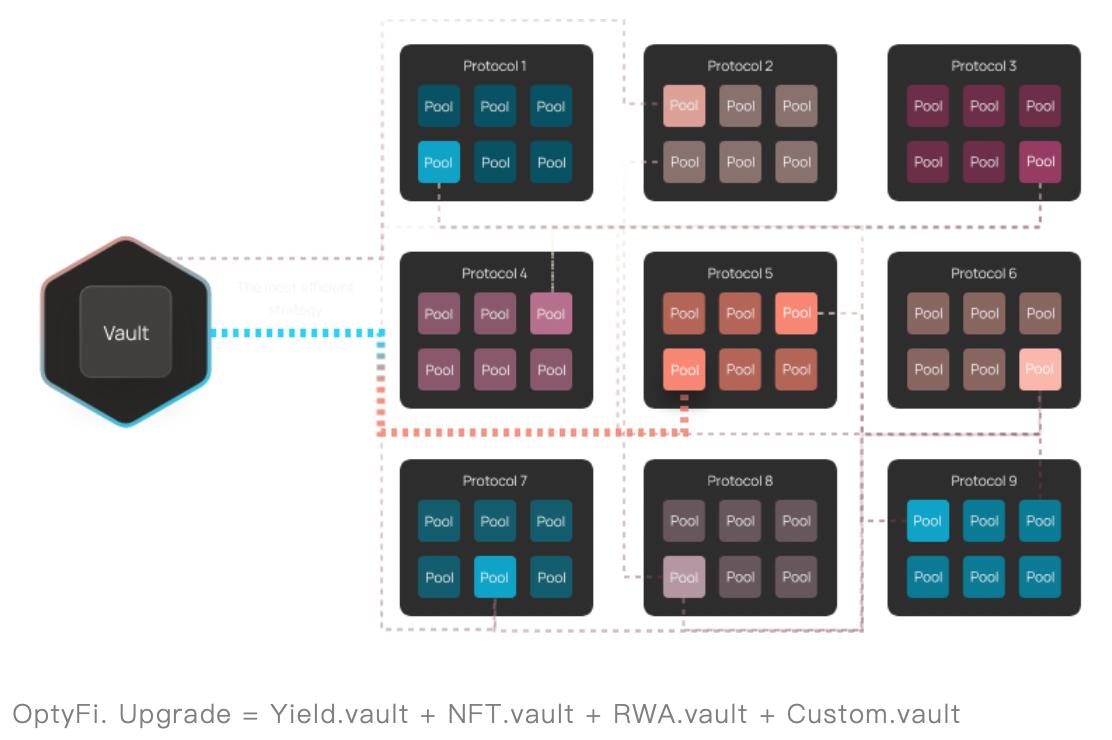 In the future, OptyFi will not only be a yield optimizer; the team will also build many complementary products, from NFT liquidity pools to pools that can link real-world assets. The goal is to establish a customizable yield optimization engine that provides the best strategies and returns for investors with different risk preferences. 04 Fixed Rate Protocol with Principal-Interest Separation Model Element Finance
Website: https://www.element.fi/ Twitter: https://twitter.com/element_fi Element is a notable project in the fixed rate protocol space, launched on June 30, 2021, and secured $32 million in funding in October 2021, led by Polychain Capital with participation from a16z. The current TVL is $160 million. Element adopts a principal-interest separation model, minting the underlying asset into Principal Tokens (PT) and Yield Tokens (YT) on the platform, with PT redeemable for the underlying asset at a 1:1 ratio upon maturity. Element deposits the underlying assets into the yield aggregator protocol Yearn to earn returns. For example, for USDC, the minted PT token is called ePyvUSDC, and the YT token is called eYyvUSDC, where P and Y represent token types, and yv is an abbreviation for Yearn vault. Currently, Element offers 8 underlying assets for principal-interest separation and tokenization, with USDC and steCRV being the two assets with the highest TVL. Where does the fixed rate manifest? The underlying asset is minted into PT at a 1:1 ratio and redeemed back to the underlying asset at a 1:1 ratio upon maturity. Although there are no borrowing activities in this model, the nature of PT is equivalent to zero-coupon bonds. Before the maturity date, PT trades at a discount; the further away from the maturity date, the greater the discount, and as the deadline approaches, the price gets closer to par. Selling PT is equivalent to discounting, and the buyer receives a fixed rate. Users can perform 4 operations on Element:
In the future, OptyFi will not only be a yield optimizer; the team will also build many complementary products, from NFT liquidity pools to pools that can link real-world assets. The goal is to establish a customizable yield optimization engine that provides the best strategies and returns for investors with different risk preferences. 04 Fixed Rate Protocol with Principal-Interest Separation Model Element Finance
Website: https://www.element.fi/ Twitter: https://twitter.com/element_fi Element is a notable project in the fixed rate protocol space, launched on June 30, 2021, and secured $32 million in funding in October 2021, led by Polychain Capital with participation from a16z. The current TVL is $160 million. Element adopts a principal-interest separation model, minting the underlying asset into Principal Tokens (PT) and Yield Tokens (YT) on the platform, with PT redeemable for the underlying asset at a 1:1 ratio upon maturity. Element deposits the underlying assets into the yield aggregator protocol Yearn to earn returns. For example, for USDC, the minted PT token is called ePyvUSDC, and the YT token is called eYyvUSDC, where P and Y represent token types, and yv is an abbreviation for Yearn vault. Currently, Element offers 8 underlying assets for principal-interest separation and tokenization, with USDC and steCRV being the two assets with the highest TVL. Where does the fixed rate manifest? The underlying asset is minted into PT at a 1:1 ratio and redeemed back to the underlying asset at a 1:1 ratio upon maturity. Although there are no borrowing activities in this model, the nature of PT is equivalent to zero-coupon bonds. Before the maturity date, PT trades at a discount; the further away from the maturity date, the greater the discount, and as the deadline approaches, the price gets closer to par. Selling PT is equivalent to discounting, and the buyer receives a fixed rate. Users can perform 4 operations on Element: - Mint the underlying asset into PT and YT.
- Purchase PT, which can be redeemed for the underlying asset at a 1:1 ratio upon maturity.
- Purchase YT, which will yield floating returns based on actual conditions upon maturity.
- Act as an LP for the PT-underlying asset and YT-underlying asset exchange pools. In addition to the above four basic operations, there are two advanced plays:
- Mint PT and YT, sell PT Mint the underlying asset into Principal Tokens (PT) and Yield Tokens (YT), then exchange PT back to the underlying asset. Since PT has not matured, the exchange ratio is not 1:1; the specific discount rate varies based on the proximity to the maturity date and supply-demand dynamics. For example, minting 1000 USDC results in 1000 ePUSDC + 1000 eYUSDC, with an expected APR of 10%. Immediately sell 1000 ePUSDC (which is not yet matured) at a discount, recovering 990 USDC. At this point, the user has 990 USDC but holds exposure to the returns corresponding to 1000 eYUSDC. This can be repeated to accumulate YT and increase return exposure.
- Mint PT and YT, sell YT Minting 1000 USDC results in 1000 PT and 1000 YT. Immediately sell YT for 100 USDC, which means the user effectively used only 900 USDC to acquire 1000 PT. Upon maturity, the user can exchange these 1000 PT for 1000 USDC at a 1:1 ratio. In a market with volatility and a higher likelihood of downturns, fixed rate protocols will attract more users. Element's fixed rate adopts a zero-coupon bond model, rather than prioritizing repayment from floating rates, with returns sourced from the underlying assets, providing more security. Conclusion: Transparent, efficient, and high-yield, while also accompanied by high risks.
Compared to traditional finance, DeFi Yield Farming offers higher interest rates and transparent, efficient characteristics, which will attract more and more investors. We also see that emerging yield protocols are no longer limited to using a single yield method on the Ethereum chain, but are cross-chain and apply complex strategies to pursue yield maximization. However, with high returns come high risks, and investors must conduct thorough research to avoid losses on their principal while chasing high returns.



